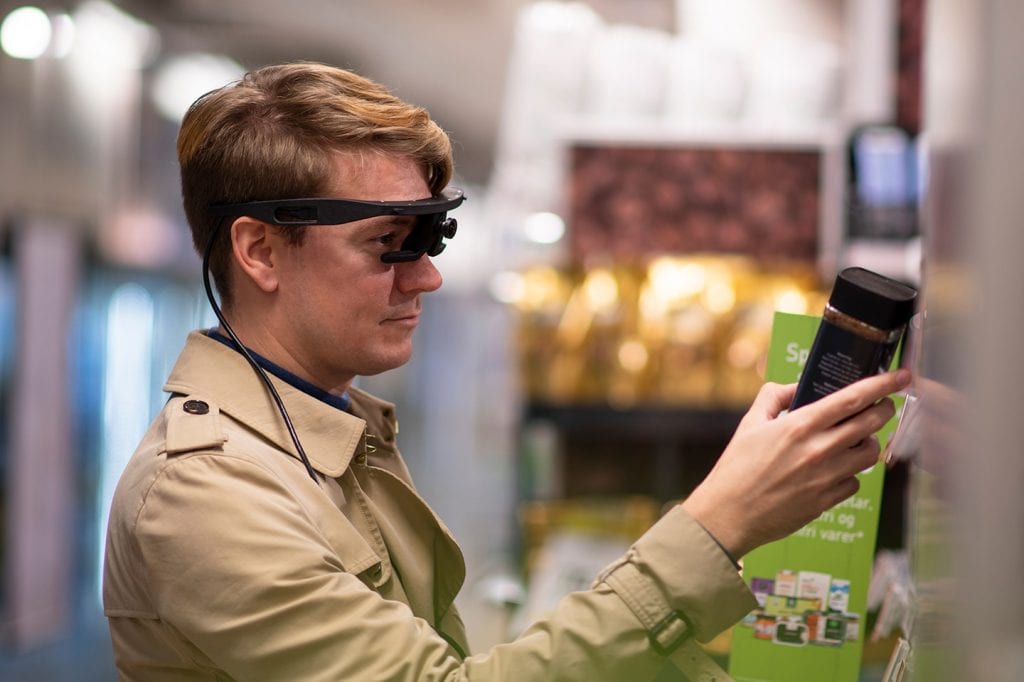-
EEG 101: An Introduction to the Essentials
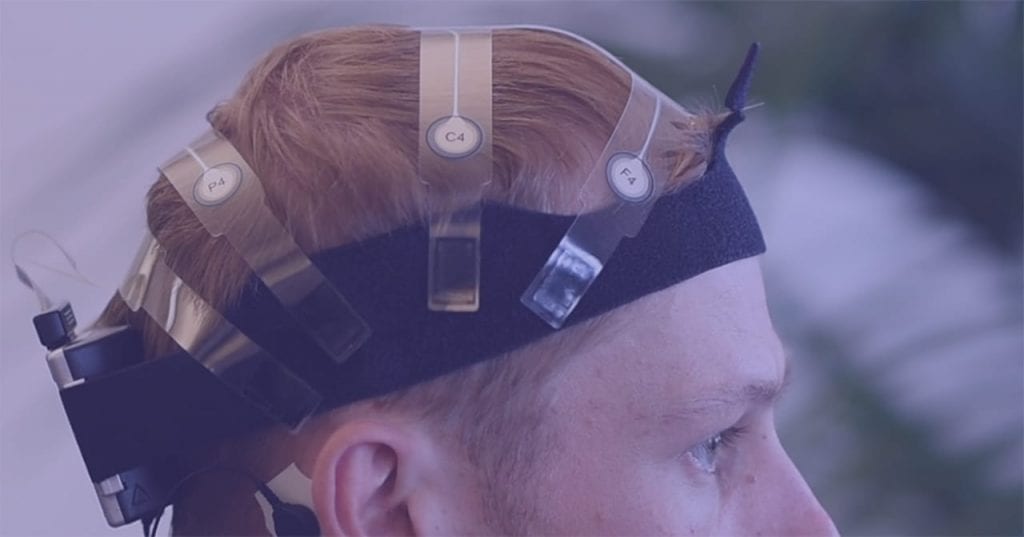
Electroencephalography (EEG), is the technology for recording the electricity generated by the brain from the scalp surface. Applied first to humans in the 1920s by German neurologist Hans Berger, the electroencephalogram records the net sum of all electric fields generated by the brain from electrodes attached to the scalp.
-
What Is EMG (Electromyography) and How Does It Work?
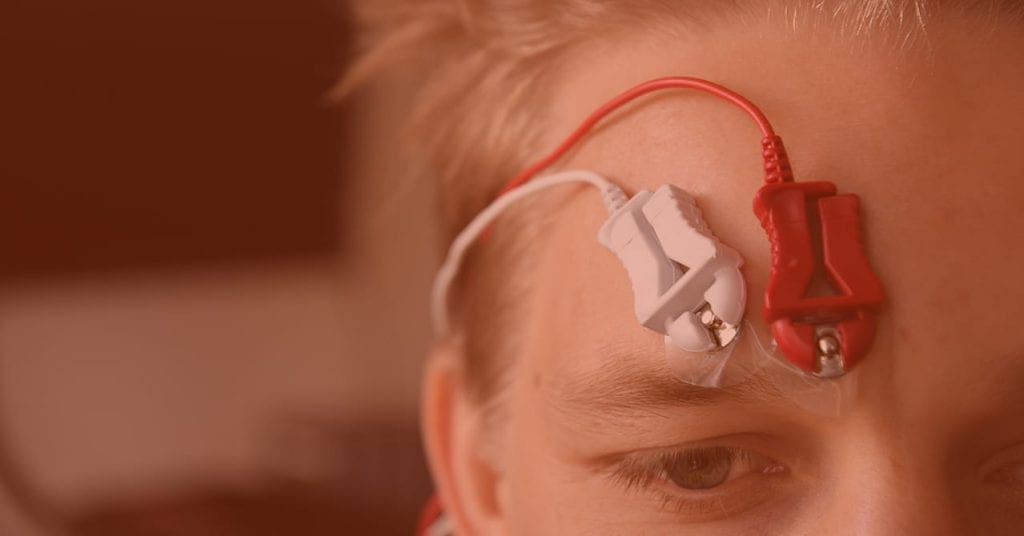
EMG (electromyography) records the movement of our muscles. It is based on the simple fact that whenever a muscle contracts, a burst of electric activity is generated which propagates through adjacent tissue and bone and can be recorded from neighboring skin areas.
-
What is GSR (galvanic skin response) and how does it work?

The galvanic skin response (GSR, which falls under the umbrella term of electrodermal activity, or EDA) refers to changes in sweat gland activity that are reflective of the intensity of our emotional state, otherwise known as emotional arousal.
-
5 Essentials for an Optimal EEG Equipment Setup
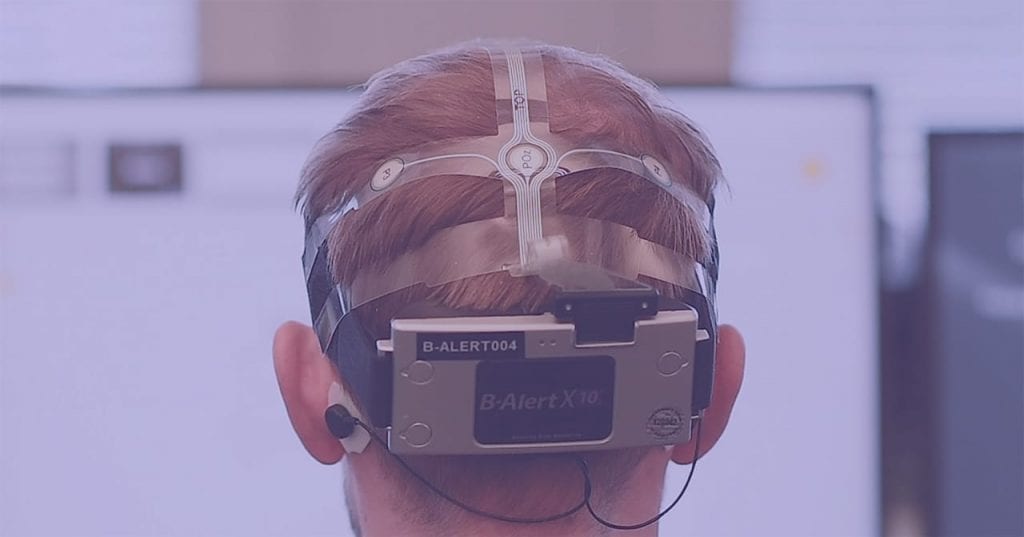
While EEG is not a brain imaging method with the same high spatial resolution as MRI, the temporal resolution is effectively unparalleled. Combine all of this with its relative portability to MRI, PET, etc., and it’s clear why EEG is one of the main methods used in neuroscience and other fields today.
-
Getting Started with Virtual Reality in Research
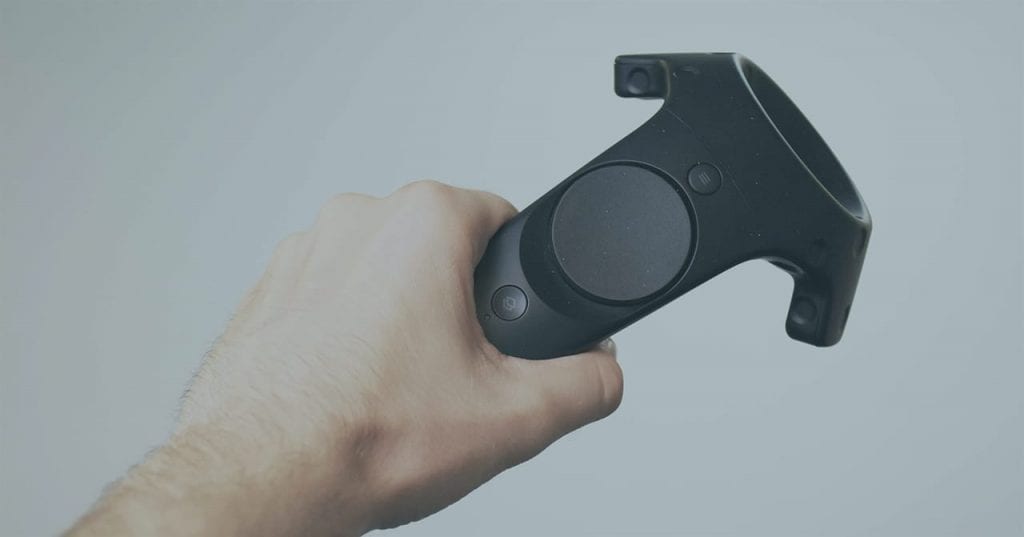
If you are new to VR and would like to introduce this type of interactive stimulus presentation into your research, this guide will provide you with some relevant information and a number of checkpoints to help you make the right decisions.
-
Comparing Social to Solo Viewing Contexts – A Methodological Overview

Across different fields, researchers are interested in better-understanding viewer engagement to video content such as advertisements (Heath, 2009), television shows, and movie trailers.
-
Psychophysiology: Research, Measures & Examples

Not only do our emotions guide our cognitive processes and facilitate memory, but our conscious beliefs also shape our perceptions.
-
The 5 Things you Need to Know as a Lab Manager [and the Tools to Help you Succeed]
![The 5 Things you Need to Know as a Lab Manager [and the Tools to Help you Succeed]](https://imotions.com/wp-content/uploads/2022/10/The-5-Things-you-Need-to-Know-as-a-Lab-Manager-and-the-Tools-to-Help-you-Succeed-1024x537-2.jpg)
The successful functioning of any lab comes down to the people who work in it, and central to this is the lab manager.
-
Eye Tracking and Autism – Current and Future Research

Researchers have investigated how attentional biases in social situations – measured through eye movements – can differ between ASD children and typically-developing children.


